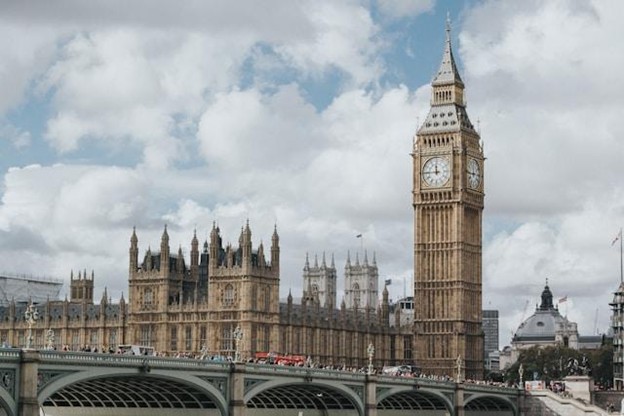London markets kicked off September on a cautiously upbeat note, with the FTSE 100 rising 0.3% and the FTSE 250 climbing 0.8%.
At first glance, the numbers look reassuring, a market in motion, powered by consumer staples, utilities, and a surprise comeback from electrical retailer Currys.
But the bigger question is this: are these gains sustainable, or are we witnessing another temporary rally propped up by short-term sentiment?
Currys was easily the star of the day. A 16.9% surge in its share price is nothing short of spectacular. The company reported a 3% rise in sales during the hot UK summer and announced a £50 million share buyback, a move that clearly appealed to investors hungry for signs of strength in retail.
Other big names like JD Sports, Next, and Frasers also enjoyed the halo effect, pushing retail stocks higher. Yet this resilience is fragile. Consumer demand in 2025 has been battered by sticky inflation, rising borrowing costs, and the looming threat of tax hikes in the November budget.
Today’s optimism in retail could easily unravel if households retreat once again into austerity-mode spending.
Meanwhile, utilities offered investors a comforting safety net. United Utilities, Severn Trent, and National Grid all posted gains, acting as the market’s defensive stronghold.
These companies are often described as “bond proxies,” attractive not for their growth potential but for their stability and reliable dividends. Their sudden shine is telling: with gilt yields recently spiking to their highest since 1998, investors are clearly scrambling for defensive plays.
But let’s be honest, leaning on utilities for growth is hardly a vote of confidence in Britain’s economic future. It is, rather, a hedge born of fear.
The travel sector told a very different story. Jet2 plummeted 14.1% after warning that late bookings were dragging down its profits, and other airlines like EasyJet, IAG, and Wizz Air fell in sympathy. This is a symptom of a wider problem, and not just one company stumbling.
Travel and leisure are deeply tied to consumer confidence, and when households start skipping holidays, that’s a flashing warning sign for the broader economy. Jet2 might just be the canary in the coal mine, signaling that discretionary spending is faltering.
Banking stocks did manage to edge higher, with Lloyds gaining 1.2%. But even here, the optimism feels misplaced. Reports suggest the bank may cut around 3,000 jobs, targeting staff in the bottom 5% of performance.
Cost-cutting may please shareholders in the short term, but it also reveals the difficult realities banks face: a tighter lending environment, fragile housing markets, and the drag of higher taxes. Layoffs don’t speak of long-term confidence; they speak of survival.
When you zoom out, the bigger picture becomes clear: don’t mistake relief for recovery. The recent gilt market rout was a glaring warning that investors still doubt Britain’s fiscal discipline. The budget on November 26 looms like a storm cloud, with speculation over tax rises threatening to dampen growth.
Construction data is equally grim, with August marking the eighth straight month of contraction, the longest downturn since 2020. Even inflation expectations, according to a Bank of England survey, remain sticky. Prices are still expected to rise next year, keeping pressure on businesses and households alike.
The FTSE may be inching higher today, but markets are dancing on a knife’s edge. Relief is not the same as resilience. A few positive earnings reports and a hot summer might temporarily lift sentiment, but they cannot substitute for structural economic confidence.
For the FTSE to truly break out of its sluggish cycle, Britain needs more than corporate buybacks and defensive plays in utilities. It needs clear fiscal leadership, stronger consumer demand that isn’t financed by debt, and genuine investment in growth industries.
Until then, every rally will feel like a sugar rush, sweet for the moment, but inevitably followed by the crash.



